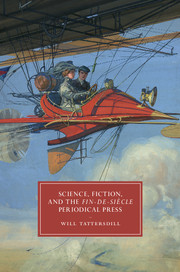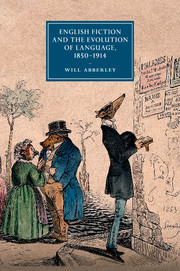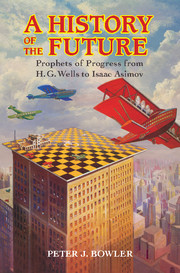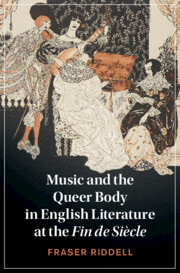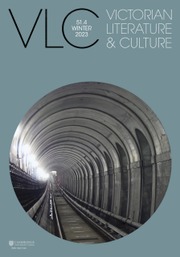Science, Fiction, and the Fin-de-Siècle Periodical Press
In this revisionary study, Will Tattersdill argues against the reductive 'two cultures' model of intellectual discourse by exploring the cultural interactions between literature and science embodied in late nineteenth-century periodical literature, tracing the emergence of the new genre that would become known as 'science fiction'. He examines a range of fictional and non-fictional fin-de-siècle writing around distinct scientific themes: Martian communication, future prediction, X-rays, and polar exploration. Every chapter explores a major work of H. G. Wells, but also presents a wealth of exciting new material drawn from a variety of late Victorian periodicals. Arguing that the publications in which they appeared, as well as the stories themselves, played a crucial part in the development of science fiction, Tattersdill uses the form of the general interest magazine as a way of understanding the relationship between the arts and the sciences, and the creation of a new literary genre.
- Provides analysis of some of H. G. Wells's most famous writings, showing them in an entirely new light when placed back in their periodical context
- Challenges the 'two cultures' model of intellectual discourse by exploring the cultural interactions between literature and science
- Proposes a new view of the importance of periodicals as a way of understanding the creation of genre through fictional and non-fictional writing
Reviews & endorsements
'… engaging and convincing … Tattersdill demonstrates that the cultural voices of literature and science are not necessarily opposites and that the juxtaposition of the two provided fertile ground for the growth of science fiction as a genre, particularly in the area of popular literature.' Katherine Ford, British Society for Literature and Science Reviews(www.bsls.ac.uk)
'Tattersdill writes shrewdly … Throughout he insists in a most amiable way that literature and science are intersecting continuums, that building generic or disciplinary walls is as unproductive as the political kind.' Laurence Davies, Review 19 (www.nbol-19.org)
'… an exciting and thought-provoking study that speaks not only to fans of science fiction but also to scholars of literature and science. Its scholarly and yet accessible style is an important part of its achievement. Much of the material discussed is new and the extensive annotations identify valuable sources of further reading.' Jane M. Ekstam, English Studies
'This book is full of fascinating material …' Patrick Parrinder, The Wellsian
‘Tattersdill highlights the diversity, inclusivity and popularity of such hybrid publications and explores a fascinating mixture of texts-from stories to non-fiction articles, as well as advertisements and interview pieces.’ Rachel Crossland, Metascience
Product details
March 2016Hardback
9781107144651
241 pages
235 × 160 × 15 mm
0.51kg
20 b/w illus.
Available
Table of Contents
- Introduction: material entanglements
- 1. Intrinsic intelligibility
- 2. Distance over time
- 3. New photography
- 4. Further northward
- Conclusion: bad science and the study of English
- Bibliography.

